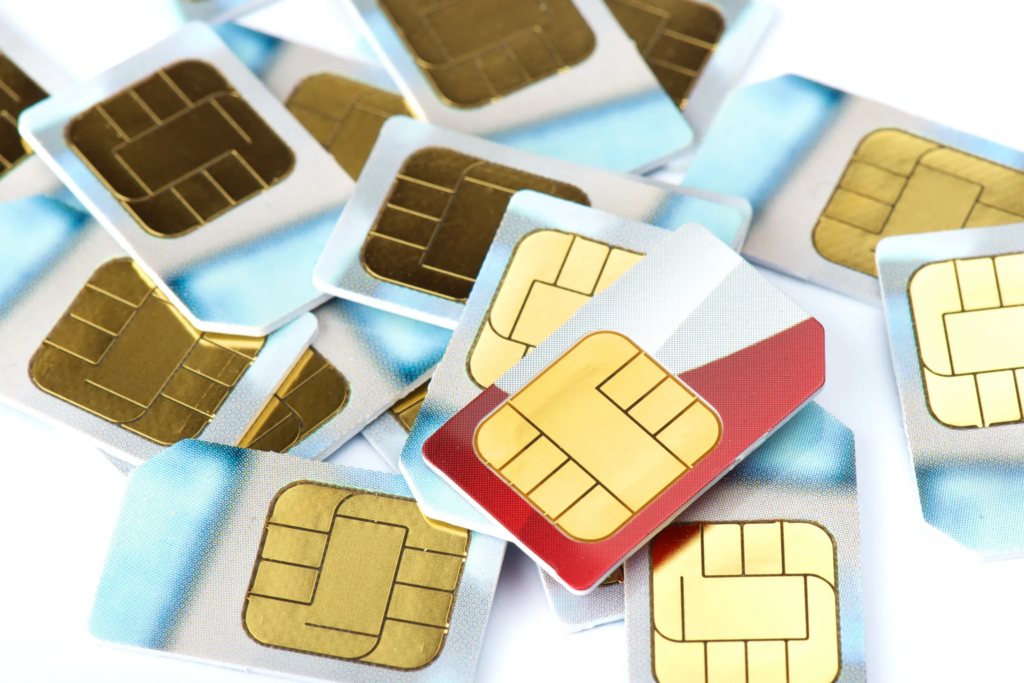
What is the difference between a smart card and a SIM card?
A smart card is a physical card with an embedded microchip that stores and processes data. It can be used for secure transactions, authentication, and data storage. These cards often serve in banking, access control, and identity verification. The microchip allows for sophisticated encryption and processing functions. Users rely on smart cards for high-security environments that require tamper-resistant features.
| Feature | Smart Card | SIM Card |
|---|---|---|
| Primary Use | Secure transactions, identity verification, access control | Mobile network authentication and connectivity |
| Application Scope | Banking, healthcare, government ID, corporate access | Telecommunications only |
| Form Factor | Credit card-sized; contact/contactless | Mini, micro, nano formats for phones |
| Processing Power | High; supports cryptography and applets | Low; focused on telecom protocols |
| Security | Tamper-resistant, customizable encryption | Standard encryption (A3, A5, A8) |
| Customization | Highly customizable via applets | Limited; carrier-controlled |
| Lifecycle Management | Enterprise-controlled, reissuable, updateable | Provider-controlled, static |
| User Interaction | Used for access, payments, login, etc. | Mostly passive; ensures connectivity |
Functional Differences and Applications
One of the key differences lies in their scope of application. Smart cards support multiple sectors, including banking, healthcare, government ID, and corporate access. They work in environments where multi-factor authentication is critical. These cards can hold cryptographic keys, biometric data, and other sensitive information. Their versatility makes them ideal for industries demanding robust security.
SIM cards, however, are primarily used for telecommunications. They are essential for establishing the link between a user and their mobile service provider. The card holds the IMSI and authentication key, enabling encrypted communication over mobile networks. While SIM cards can store contacts or messages, they do not offer the processing power or flexibility that smart cards provide. The contrast in use cases illustrates why SIM cards are a specialized subset of smart card technology.
Physical Design and Embedded Capabilities
Both smart cards and SIM cards are made with similar materials—typically PVC or polycarbonate—but they differ in size and form factor. Smart cards are generally the size of a credit card and may contain contact or contactless interfaces. This enables them to interact with various terminals, including card readers and mobile devices equipped with Near Field Communication (NFC) technology.
SIM cards are much smaller, with standard sizes including mini, micro, and nano formats. They are optimized for use in mobile phones and embedded modules. Although both types of cards use EEPROM or Flash memory, smart cards usually have more memory and processing capabilities. Their design supports complex algorithms and multiple secure applications. SIM cards, on the other hand, are designed for efficient communication with mobile networks and are not intended for any other purpose.

Security Features and Cryptographic Strength
Security is a defining factor for both smart cards and SIM cards. Smart cards often come with hardware-based security features, including tamper-resistance, secure key storage, and advanced encryption algorithms. These features make them suitable for environments that require high-assurance user authentication and secure data handling.
SIM cards also use encryption for authentication, specifically to verify a device’s identity on a network. However, they typically use more standardized cryptographic protocols, such as A3, A5, and A8 algorithms. While secure, SIM cards do not offer the same level of customizable security as smart cards. The latter can be programmed with custom applets and keys tailored to a specific organization’s needs.
Interoperability and Customization Potential
Smart cards excel in terms of interoperability and customization. They can be programmed to serve different functions across multiple platforms. For example, a single smart card can serve as both an employee ID and a payment card. Organizations can deploy unique software applets to adapt the card to evolving requirements.
Carrier specifications and telecom standards generally restrict SIM cards. Customization is possible but limited. Most changes must be approved by the mobile network operator and comply with strict industry regulations. This limits the scope of innovation for businesses that want more control over their card-based systems. Smart cards offer significantly more freedom in deployment.

Lifecycle and Management Considerations
Innovative card lifecycle management is usually handled through centralized systems that monitor usage, revoke access or update credentials. This centralized control supports strong access governance. Cards can also be reissued or upgraded with new capabilities over time. This flexibility promotes long-term enterprise security strategies.
SIM card management, on the other hand, is primarily in the hands of telecom providers. Once issued, a SIM card remains static, with limited user-initiated changes possible. While operators can remotely update specific settings, the level of dynamic control is lower than with smart cards. In enterprise environments, this may limit responsiveness to emerging threats or new business requirements.
Practical Implications for End-Users
For end-users, the distinction often comes down to experience and functionality. A smart card might be used to unlock office doors, log into computers, or complete financial transactions. The experience is often seamless and secure, with built-in safeguards against unauthorized access. End-users benefit from reduced friction and improved security.
SIM card users primarily interact with the card through their mobile devices. The SIM ensures network connectivity and may store basic contact information. Users have minimal interaction beyond the initial setup. From a practical standpoint, the smart card offers a richer, more customizable experience, while the SIM card serves a particular purpose within a limited ecosystem.

Smart card offer a wider range of applications and greater flexibility
While both smart cards and SIM cards utilize microchip technology, they differ significantly in terms of functionality, security, and applications. Smart cards stand out for their adaptability, advanced features, and multi-field usability. SIM cards remain essential in mobile communications, but they lack the versatility required for broader applications. If you’re looking for a secure and customizable solution, consider a smart card.


